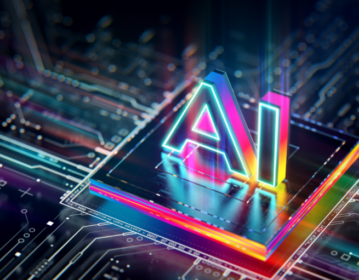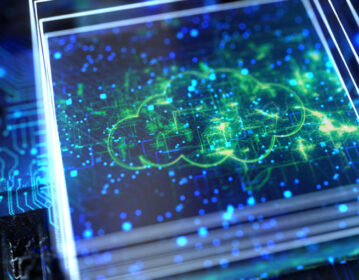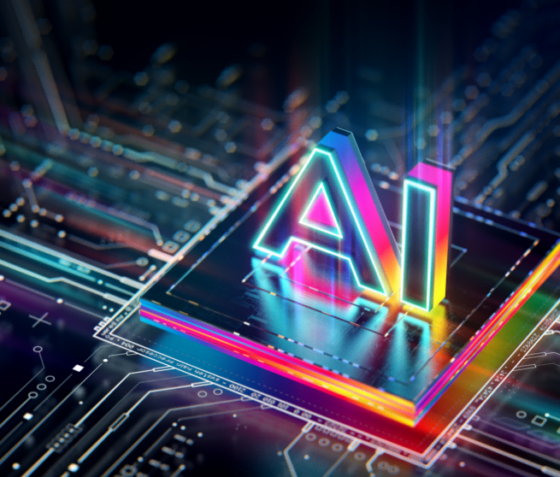
Five Strategies for Navigating IT Black Swan Events
How can IT leaders better manage unpredictable, consequential events? Start with these five strategies drawn from Nassim Nicholas Taleb’s The Black Swan. In his influential book, The Black Swan: The Impact of the Highly Improbable, author Nassim Nicholas Taleb introduces the concept of Black Swan events—highly improbable occurrences with massive impacts. These events, by their […]

Quick Answer: How Do You Incorporate Generative AI Into Your Current ERP Strategy?

Three Ways CIOs Must Rethink Cloud ROI
While cloud workloads will continue to grow, savvy tech leaders must take a step back and evaluate the true ROI of moving to the cloud. Here’s three ways to get started. If there’s one habit CIOs should consider adopting, it’s a commitment to take a critical look at their cloud Return On Investment (ROI). Over […]

Delivering More Value by Supporting More Software
Need to focus your limited IT resources on innovation while ensuring your complex software portfolio continues to support mission-critical operations? A new service offering called Rimini Custom™ can help. Here’s how. As an IT leader, your purview is growing more—not less—complex every day. In fact, an eye-opening report from Salesforce indicated that, on average, organizations […]

Four Best Practices to Reduce Oracle Audit Risk
Introduction If you’re an Oracle licensee, I’m almost certain the word “audit” will give you a brief pause followed by a momentary and overwhelming feeling of dread. Oracle licensing is complex . Under the best-case scenario, an Oracle license audit may simply consume valuable time and effort from an organizations’ already limited resources . Under […]

Take Control of Your Oracle Unlimited Licensing Agreement (ULA)
Considering an exit plan from your Oracle Unlimited Licensing Agreement (ULA)? Discover how Rimini Street License Services can help you proactively manage compliance risk. With tight IT budgets getting tighter, many Oracle licensees with Unlimited Licensing Agreements (ULAs) may be tempted to consider an exit plan to avoid the pinch of rising support costs. But, […]

How to Maximize the ROI of Your Oracle Database License
Discover how to extend the life of your databases, improve ROI, and fund innovation with support savings with Rimini Street services and support for Oracle Database. Have you ever met an Oracle customer who happily pays the company’s fees for software support? Neither have we. But too few really understand how beneficial—and painless—breaking up with […]

A Better Alternative to RISE with SAP

Timing, Technology and Teamwork: CFO Takeaways for Success
What’s the secret to success for CFOs? Seasoned expert Michael Perica, EVP & CFO of Rimini Street, sums it up with three takeaways—timing, technology and teamwork. I was fortunate to speak with Jack Sweeney recently on his CFO Thought Leader podcast about some lucky breaks I got early in my career, my move from Wall […]







